Junkyard Gem: 2008 Suzuki SX4 Crossover

If you want to find some interesting automotive history in your local Ewe Pullet, finding any U.S.-market Suzuki model and peering into its background will tell you a lot about the global car industry from the middle 1980s through just over a decade ago. The Suzuki tale gets a bit convoluted during the second half of the 2010s here; in recent months, I’ve documented discarded examples of the 2008 XL-7 (derived from the Saturn Vue), the 2008 Reno (based on the final Lacetti designed by pre-GM Daewoo) and the 2009 Equator (a thinly disguised Nissan Frontier). Today’s Junkyard Gem is a second-model-year SX4 Crossover, found in a Colorado Springs car graveyard recently.
Suzuki began selling motorcycles in the United States in 1963 (no, the Suzuki Musical Instrument Manufacturing Company was never affiliated with the Suzuki Motor Company, Suzuki being a very common Japanese family name), but we didn’t get highway-legal Suzuki-built four-wheeled vehicles here until the Chevrolet Sprint showed up as a 1985 model, followed the next year by the Suzuki Samurai. Then the 1990s gave us Geo-badged Suzukis (the Metro and Tracker) as well as their Suzuki-badged siblings (the Swift and Sidekick), plus Esteems, X-90s, Vitaras and Grand Vitaras.
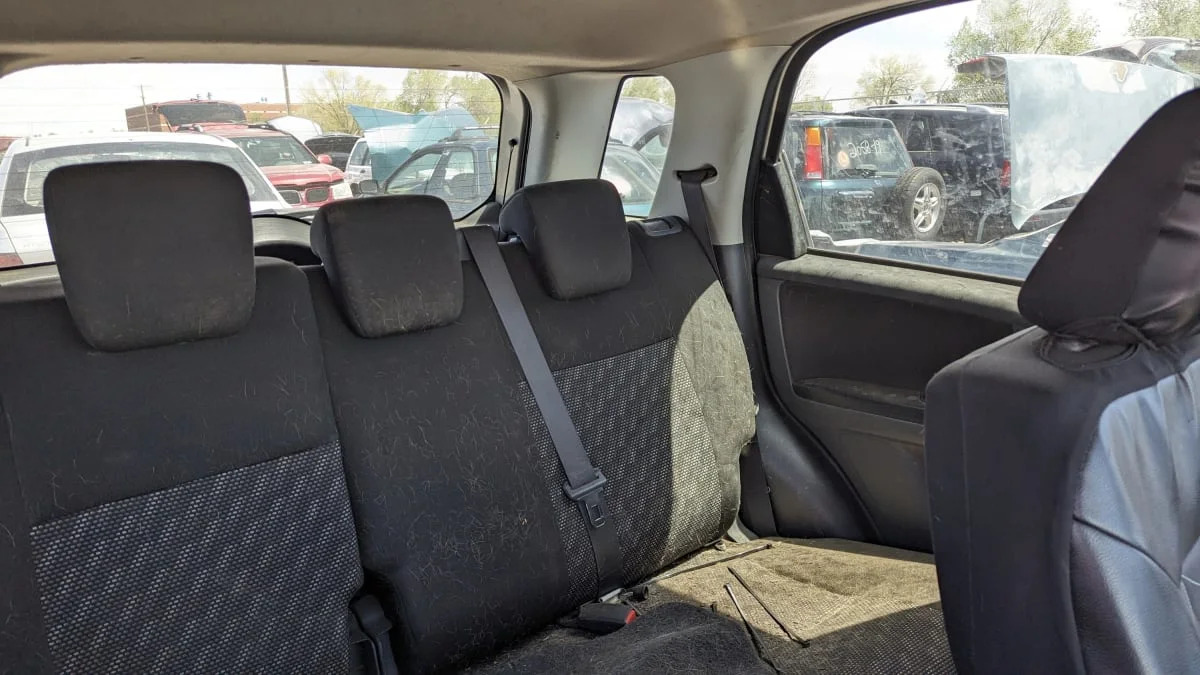
The plotline of American Suzuki story goes through some strange twists and turns during the 2000s, mostly due to Suzuki’s role in the far-flung General Motors Empire and GM’s purchase of Daewoo’s car-building operations. Some Daewoos were sold here with Suzuki badges (the Verona, Reno and Forenza), while only the Vitara, Grand Vitara, XL-7 and Aerio remained as pure Suzuki products by 2006.
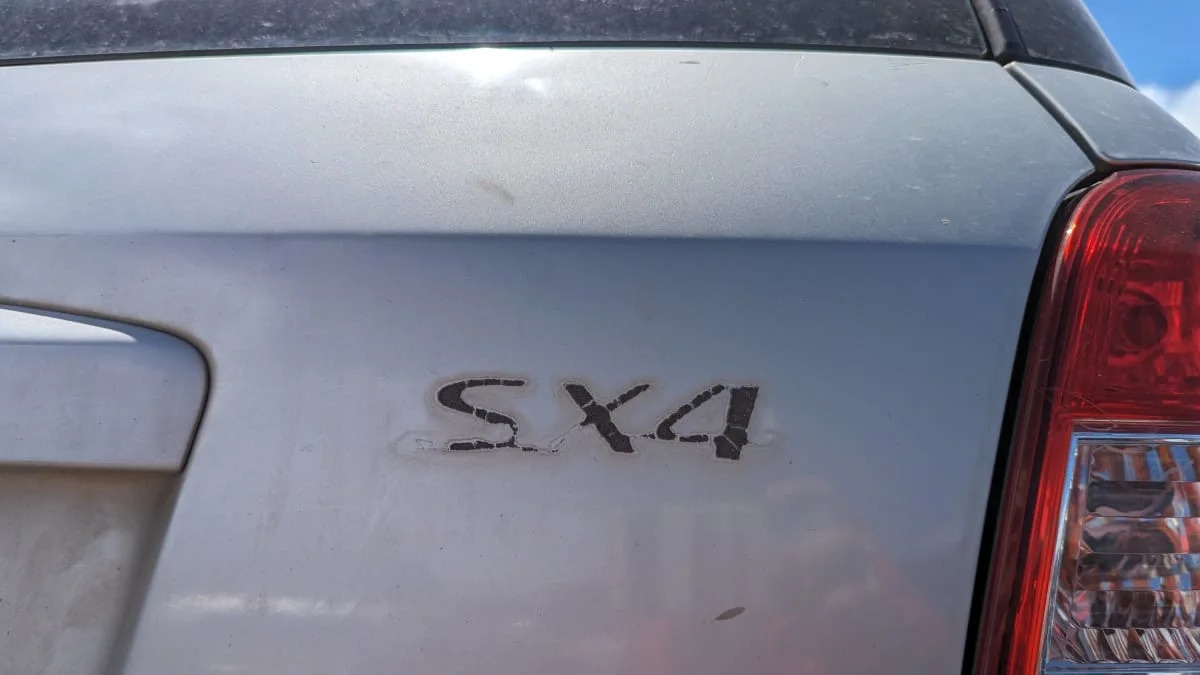
The SX4 was the Aerio’s successor and debuted here as a 2007 model. It was available in “tall hatchback” crossover and— a year later— sedan form, both styled by Giorgetto Giugiaro and based on a platform developed in partnership with Fiat. The SX4 name stands for Sport X-over for 4 Seasons, which isn’t quite as tortured an acronym as, say, the ones other Japanese carmakers assigned to hardware such as the Powerful & Economic Lightweight Accurate Silent Mighty Advanced or the Lightweight Advanced Super Response Engine. The American Motors Corporation had already used the SX/4 name on a sporty crossover hatchback for the 1981-1983 model years, but perhaps AMC’s use of a slash character made it seem sufficiently different for Suzuki to use.
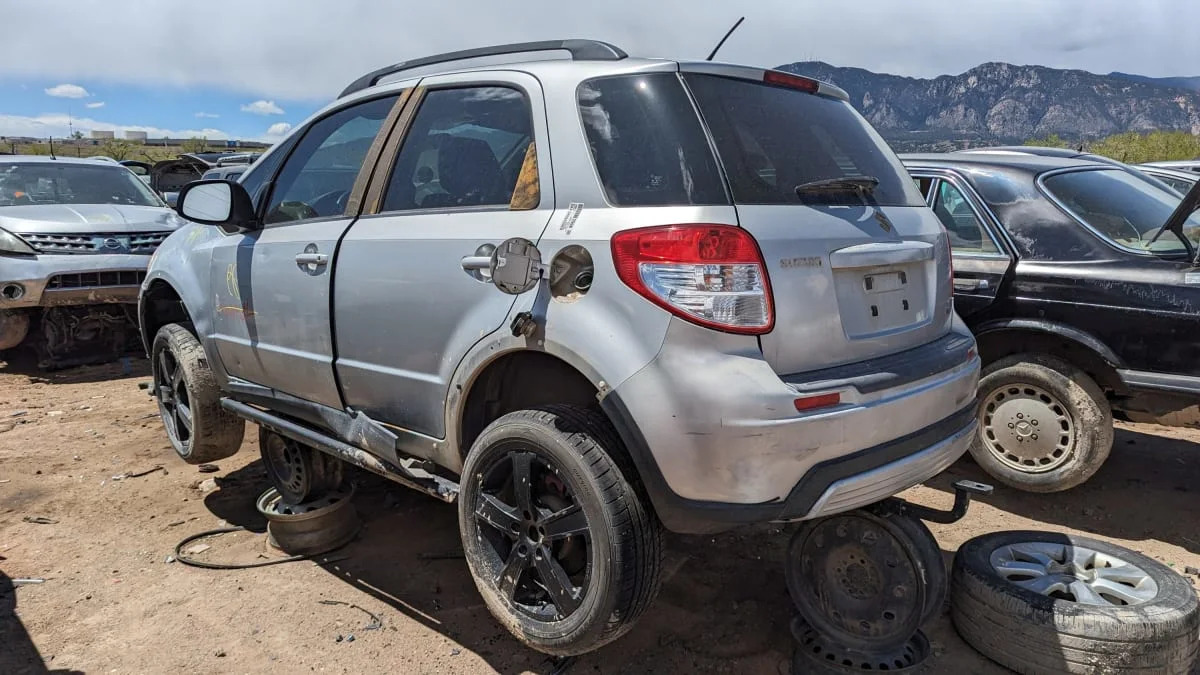
Upon its launch, the SX4 Crossover was the cheapest AWD-equipped new car available in the United States, with an MSRP starting at $14,999 for the 2007 model (that’s about $23,234 in 2024 dollars).

Our reviewer thought it was garbage, to put it mildly, stating “if you just gotta have a new all-wheel-drive car and cost is your second biggest concern, go get an SX4.” The “security system” (a red LED blinking on the dashboard) and lack of cargo space displeased him mightily, as did the manual gearshift (which felt like “moving a steel rod around in a bucket of pea gravel”).
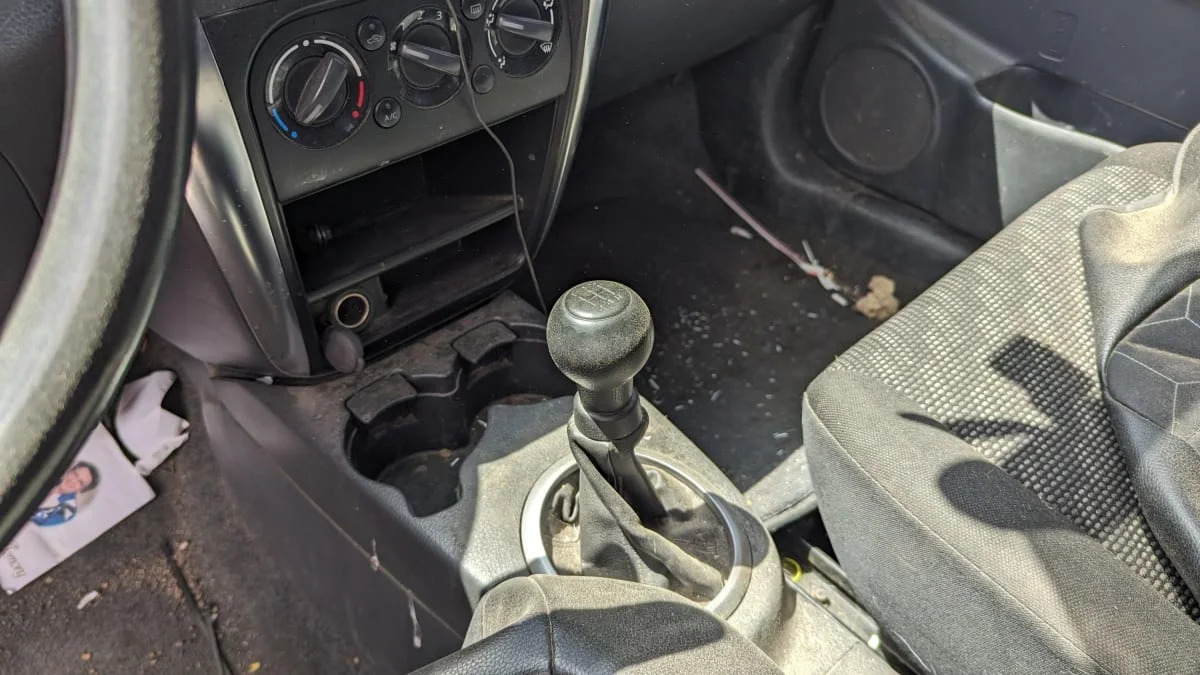
This car has the base five-speed manual, in fact, which saved the original purchaser $1,100 on the cost of an automatic ($1,704 after inflation).
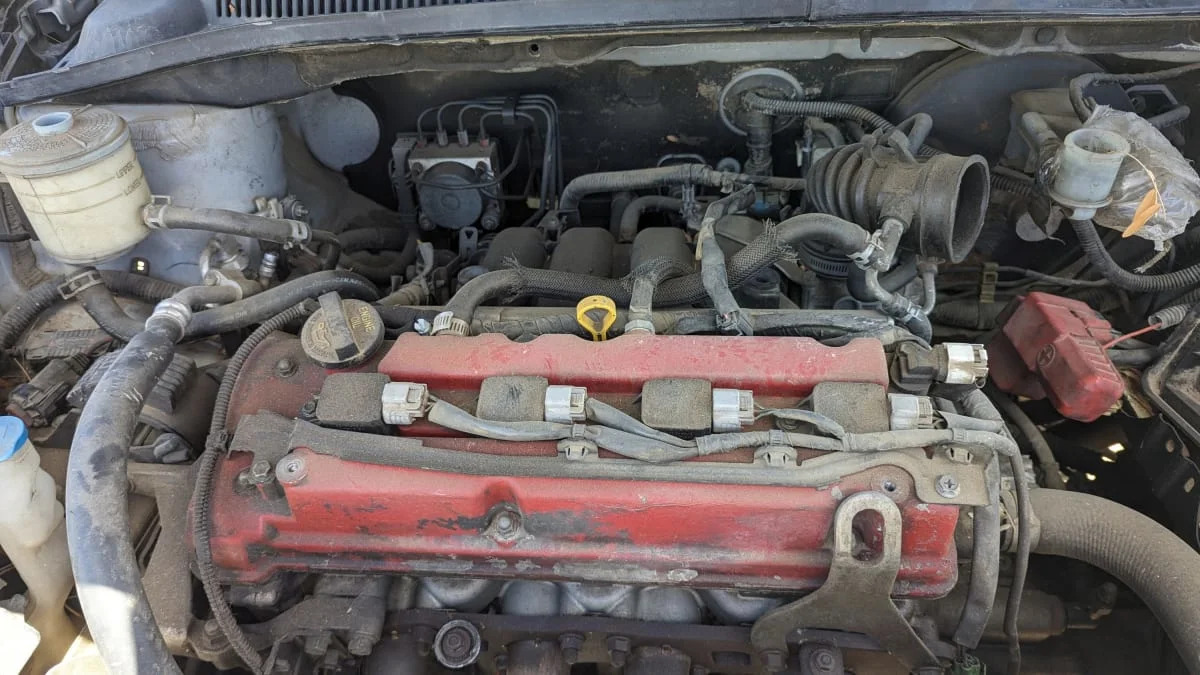
The engine is a 2.0-liter straight-four rated at 143 horsepower and 136 pound-feet.
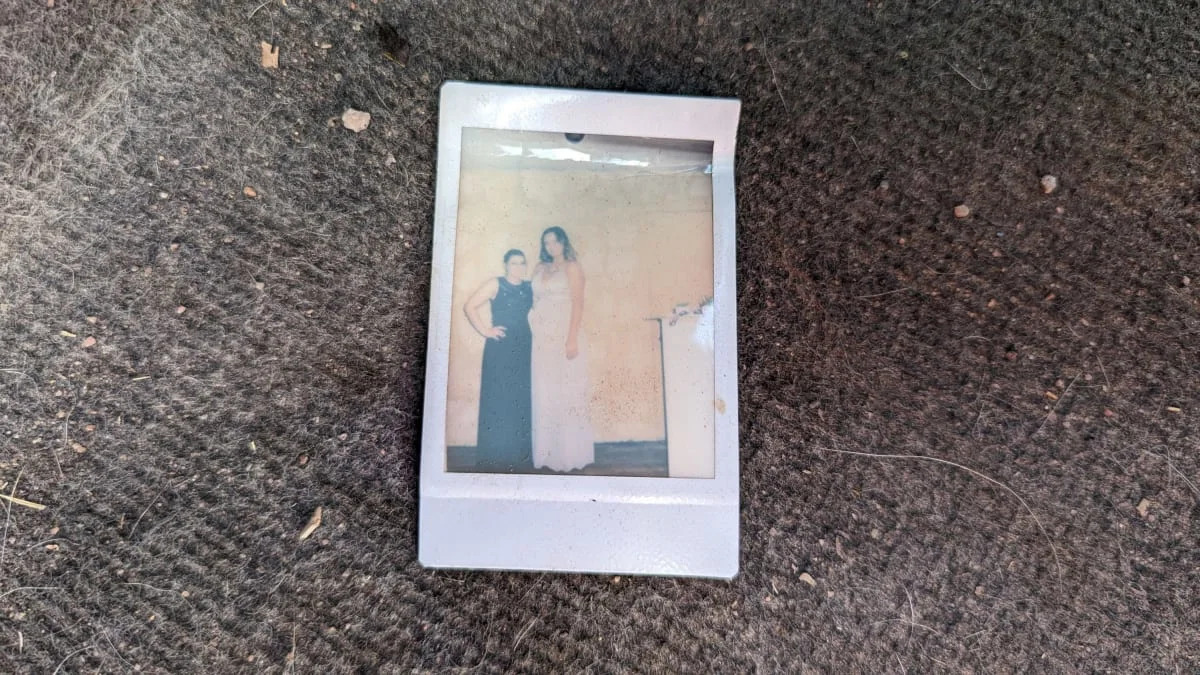
It was an affordable car that could deal with snow and mud while looking somewhat truck-ish, and it hauled people around for 16 years.
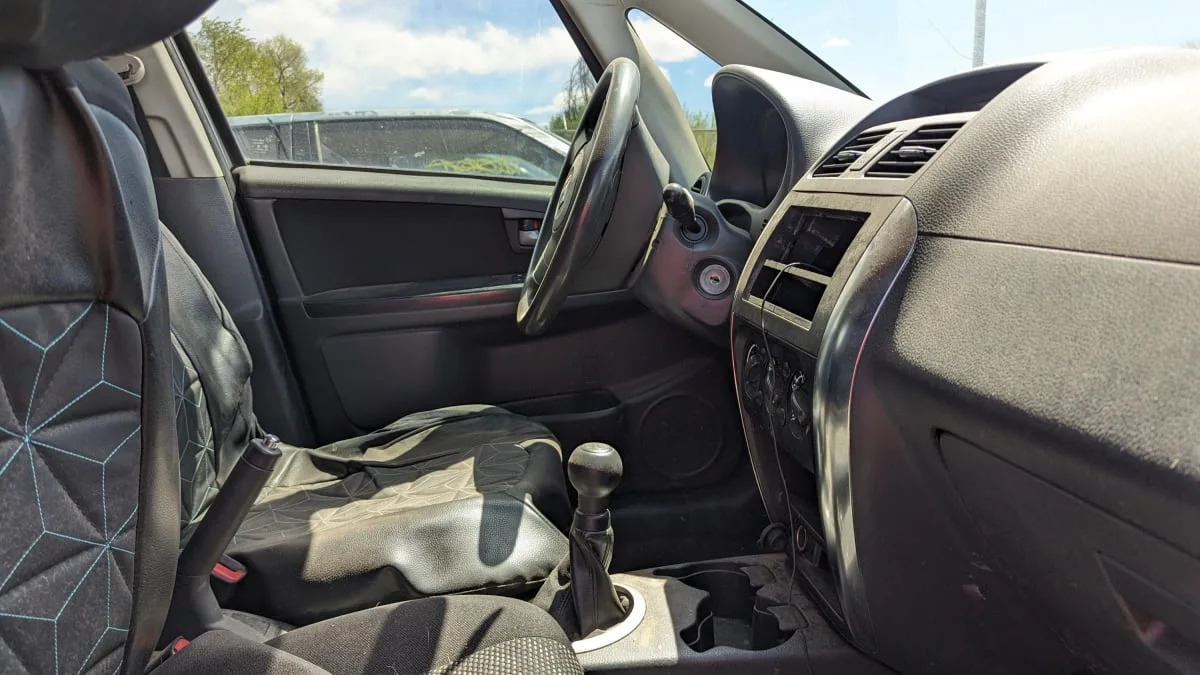
Suzuki brought out the pretty decent Kizashi for 2010, but it was too late. The company gave up on selling cars and trucks here for 2013, after which the only new highway-legal Suzukis available here had two wheels apiece. Suzuki still does well selling cars elsewhere, though, with the Hustler reigning at or near the top of the JDM best-seller list for quite a few years.
Just because there’s a gas crisis doesn’t have to mean there’s a fun crisis.
The SX4’s European cousin was called the Fiat Sedici.
Gets good traction even on a violin.





